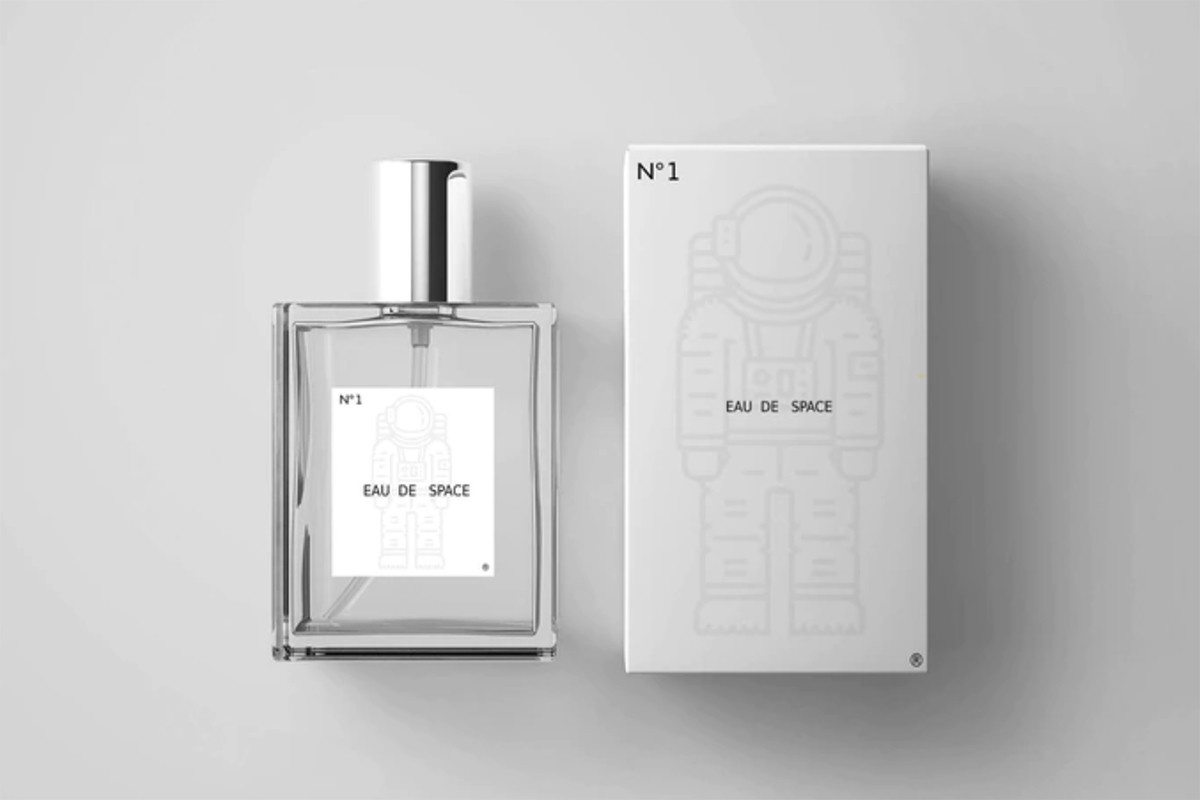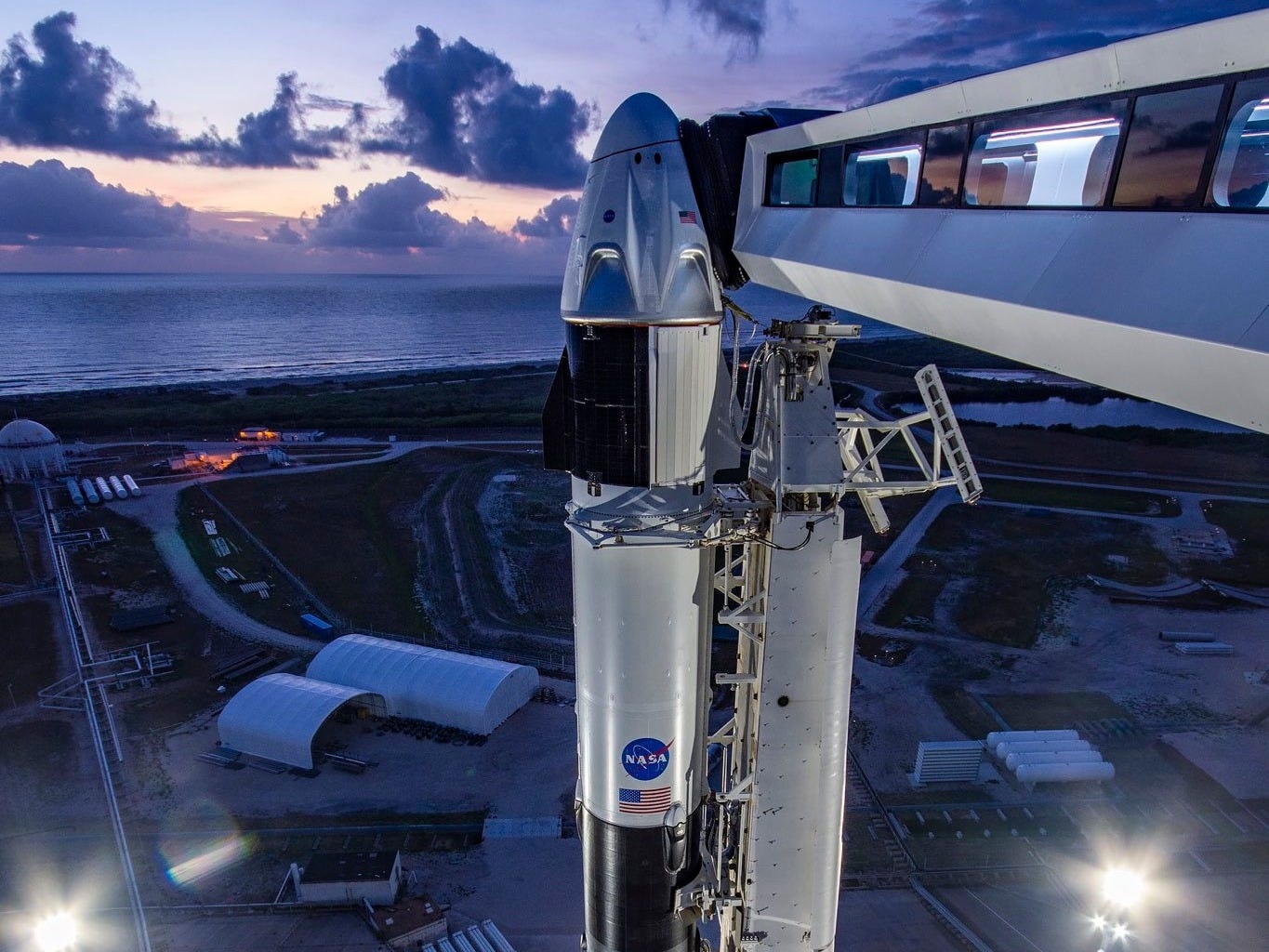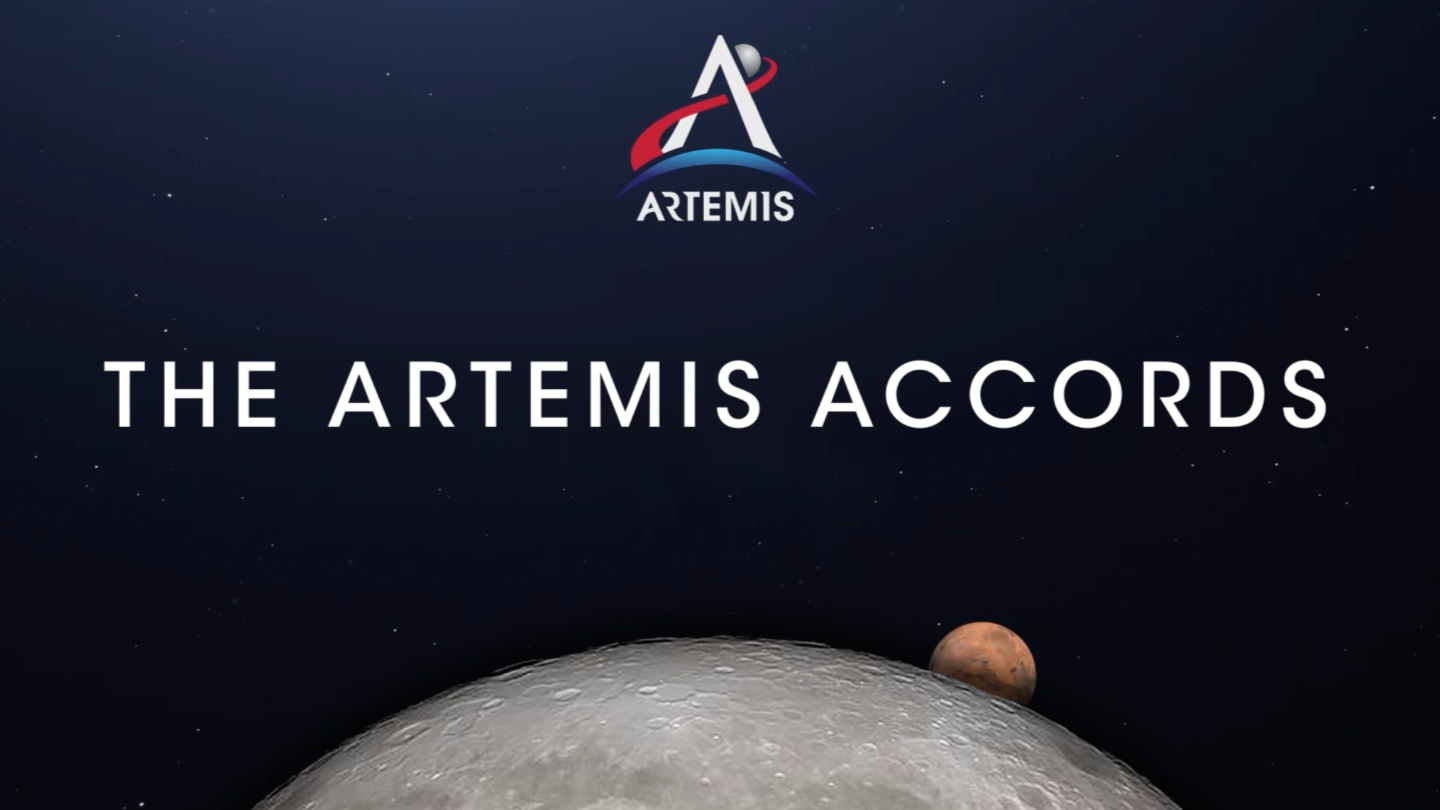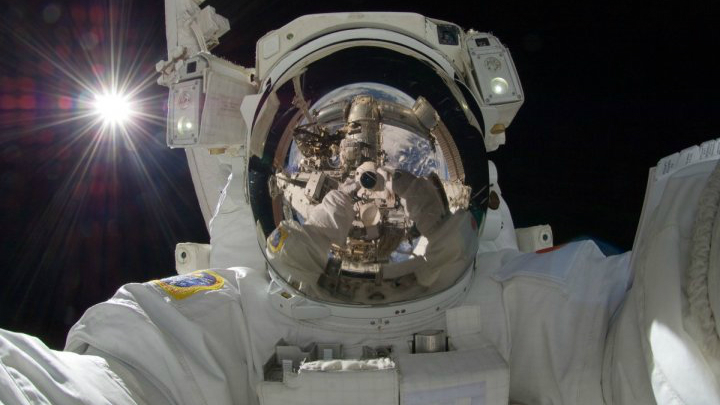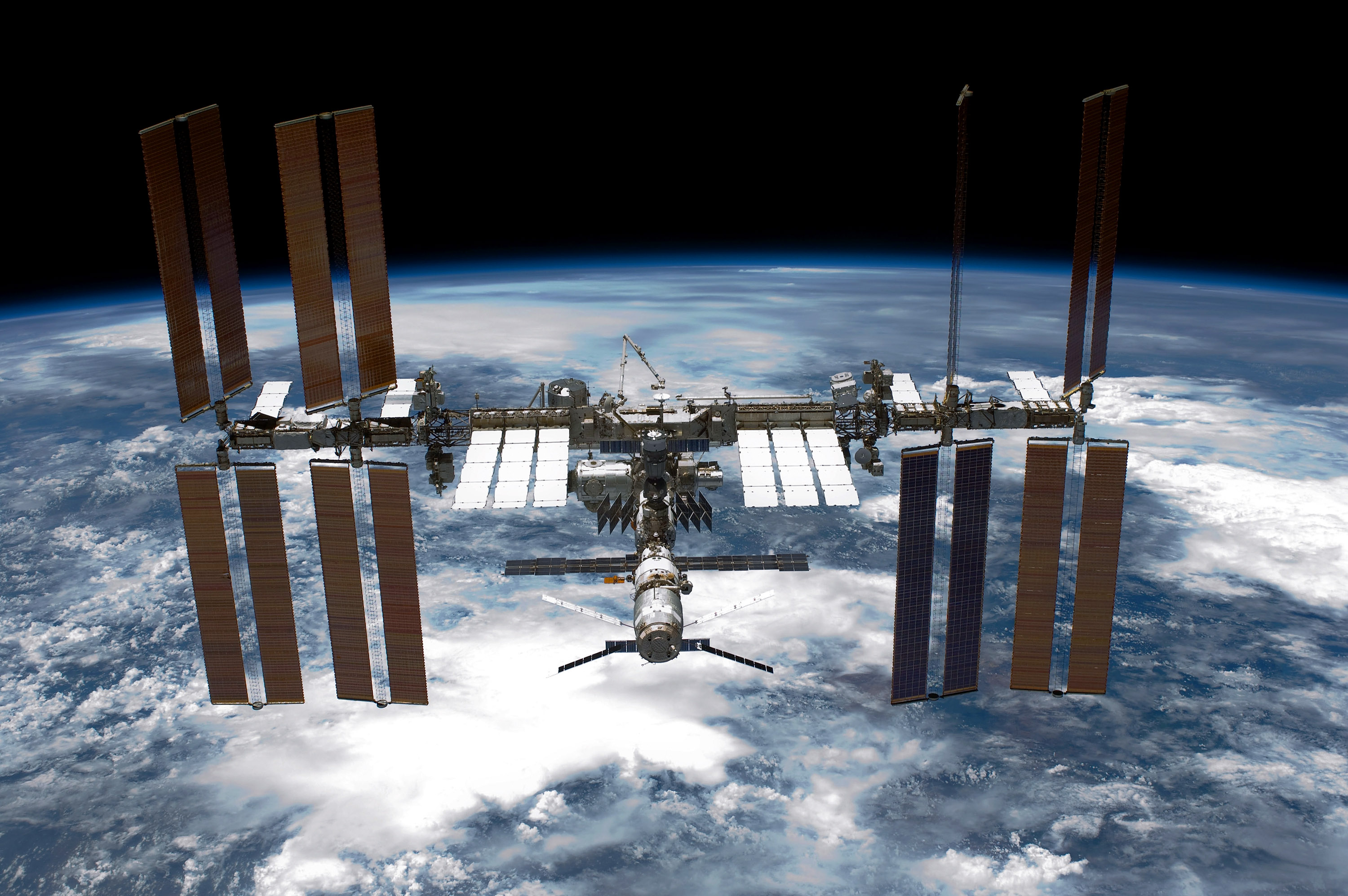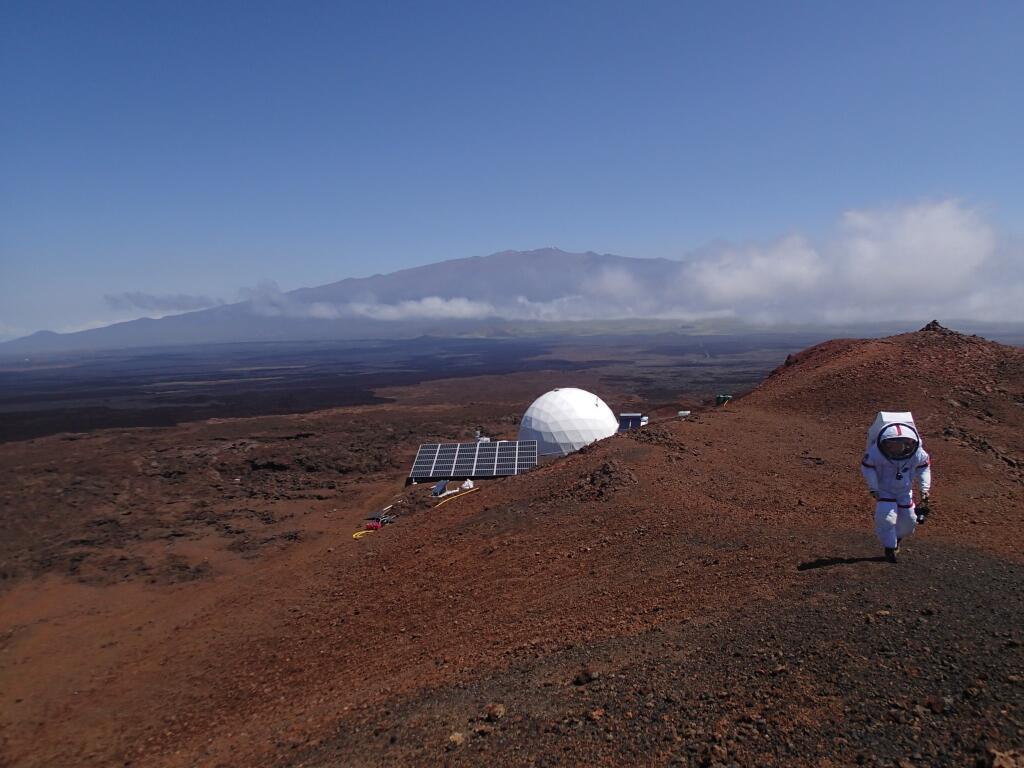astronaut
Ever want to smell like an astronaut? Now you can!
The Demo-2 mission represents a new era for American spaceflight.
Colonel Chris Hadfield talks to us about the formalities that astronauts have to use, and how it can help us here on earth.
▸
3 min
—
with
Trash on earth is pretty bad. But space trash is at a whole other level.
▸
with
Current physician and former NASA astronaut Scott Parazynski knows a thing or two about out-of-this-world success.
▸
with
Is the world actually flat? Let’s ask someone who has some actual perspective on the subject… from space.
▸
4 min
—
with
There’s only one guy on this whole planet who’s done both. He tells us what it’s like to experience two of the most extreme feats.
▸
3 min
—
with
It’s an incredibly exciting time to be alive, especially if you’re an explorer. We may have been to almost every point on the globe, but there is so much left to understand.
▸
7 min
—
with
Sam Harris talks with David Deutsch about how modern people are already living like astronauts.
A 17-year-old British schoolboy spots an error in the data from International Space Station’s radiation sensors.
Stephen Hawking has accepted an offer to go to space. He’s one of the world’s most famous scientists, who’s been paralyzed due to ALS for much of his life.
What kind of person could withstand a trip to Mars and back? NASA and Hi-SEAS is trying to find out.
